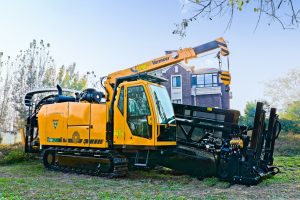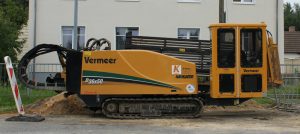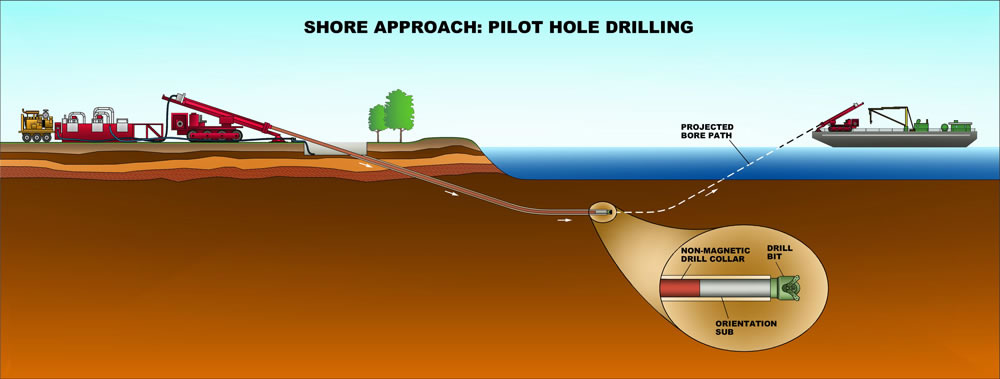The Basics of Directional Drilling
Directional drilling, a cutting-edge technique in the realm of oil and gas extraction, has revolutionized the industry by enabling access to reserves that were once deemed unreachable. Unlike conventional vertical drilling, directional drilling involves maneuvering the drill bit at various angles to reach deposits located beneath the Earth’s surface. This method not only enhances the efficiency of resource extraction but also minimizes surface disruption, making it a preferred choice in environmentally sensitive areas. Steering Through the Earth: A Guide to Directional Drilling
Understanding the Process
Directional drilling employs a sophisticated array of equipment and techniques to navigate through layers of rock and sediment. The process begins with a vertical wellbore, which serves as the starting point for the drill. As the drill penetrates the Earth, specialized tools such as mud motors and rotary steerable systems are utilized to control the direction and inclination of the borehole.
Key Components
Mud Motors: These devices utilize the flow of drilling fluid (or mud) to generate rotational force, allowing the drill bit to change direction smoothly.
Rotary Steerable Systems: These advanced systems use electronic controls to adjust the orientation of the drill in real-time, providing greater precision and flexibility.
Measurements While Drilling (MWD): MWD tools gather crucial data such as borehole inclination, azimuth, and formation properties, enabling operators to make informed decisions during the drilling process.

Applications in the Oil and Gas Industry
Directional drilling finds widespread applications across the oil and gas sector, offering solutions to various challenges encountered during exploration and production activities. Some notable applications include:
Extended Reach Drilling
Extended reach drilling involves drilling wells that extend horizontally for considerable distances beneath the Earth’s surface. This technique allows operators to access remote reserves from a single drilling location, reducing the need for multiple well sites and minimizing environmental impact.
Reservoir Optimization
In mature oil and gas fields, directional drilling plays a crucial role in optimizing reservoir production. By targeting specific zones within the reservoir, operators can maximize extraction rates and prolong the life of existing wells, thereby maximizing economic returns.
Environmental Benefits
Beyond its operational advantages, directional drilling offers significant environmental benefits compared to traditional drilling methods. By minimizing surface disturbances and reducing the need for extensive infrastructure, directional drilling helps mitigate habitat disruption and preserves sensitive ecosystems.
Reduced Footprint
Directional drilling enables operators to access subsurface resources from a smaller footprint, reducing land disturbance and minimizing disruption to local communities and wildlife habitats.
Lower Emissions
By minimizing the number of wells required to access a given resource, directional drilling helps reduce emissions associated with drilling operations, including those from equipment mobilization, vehicle traffic, and flaring.
Challenges and Future Trends
While directional drilling offers numerous advantages, it also presents challenges that require ongoing innovation and technological development. Some key areas of focus for the future include:

Enhanced Reservoir Imaging
Improvements in imaging technologies will enable operators to better visualize subsurface formations and identify optimal drilling paths, thereby maximizing resource recovery and minimizing drilling risks.
Automation and Robotics
The integration of automation and robotics into directional drilling operations will streamline processes, reduce human error, and enhance safety, particularly in remote or hazardous environments. https://drillitco.com.au/directional-drilling-gold-coast/
In conclusion, directional drilling represents a transformative approach to resource extraction, offering unparalleled precision, efficiency, and environmental stewardship. As the industry continues to evolve, advancements in technology and best practices will ensure that directional drilling remains at the forefront of oil and gas exploration and production.

